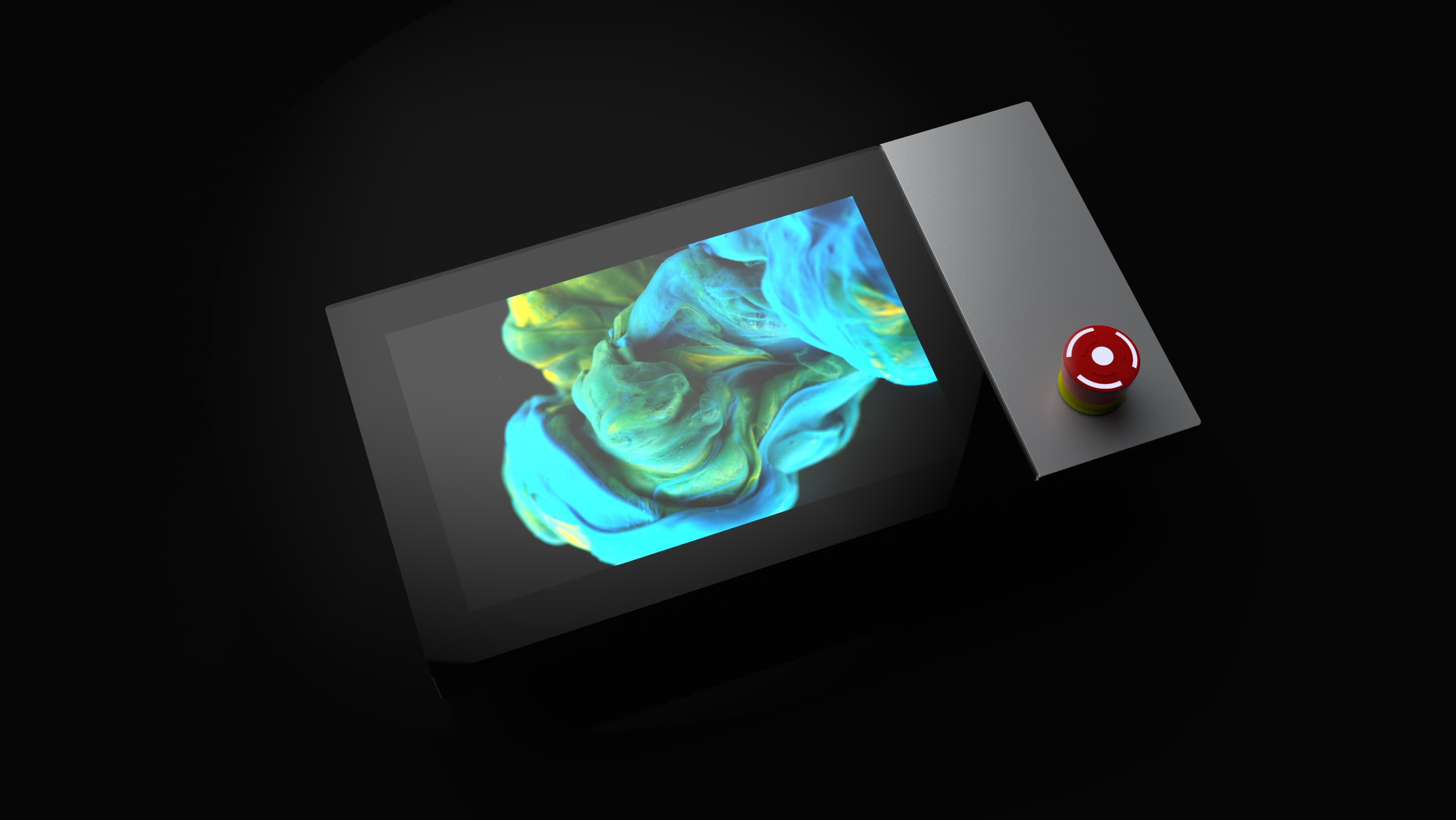When designing products or services, the product designers behind them often bring the term UX into play. The abbreviation User Experience, which comes from English, means to German: user experience. This refers to the experience that the product or service evokes in people (i.e. users) when they use it.
No market research
In order for a product to be meaningfully changed in favor of the user, you have to ask the user about his experience with the functionality provided. Typical questions for this are, for example, the following:
- Is the product/service easy to understand?
- Is the product/service easy to use or apply?
- How was the application? Simple or complicated?
- How did it feel to work with it?
- Were all functions available and did they work?
- Were the functions in place and easy to use?
-Etc.
Such questions are not used for market research, but help to find out what impression the application makes on the user as a whole and which changes would be relevant.
Functionality and design equally important
For many manufacturers, it is important that their product looks good. The functionality is secondary, because the user can't look behind the scenes anyway. Other manufacturers, on the other hand, place less emphasis on the exterior and work more on the range of functions. Both are important - in equal parts.
The appearance is what appeals to or interests the user when he informs himself about a product. And the necessary functionality is assumed by him. For example, when he presses a button, he expects a corresponding action. The user experience is therefore less about functionality and more about the person's behaviors, feelings and opinions about the product or service during use.
I'm sure you now understand why UX (User Experience) plays a crucial role in product design. We know how to create a positive user experience and are happy to help you.

